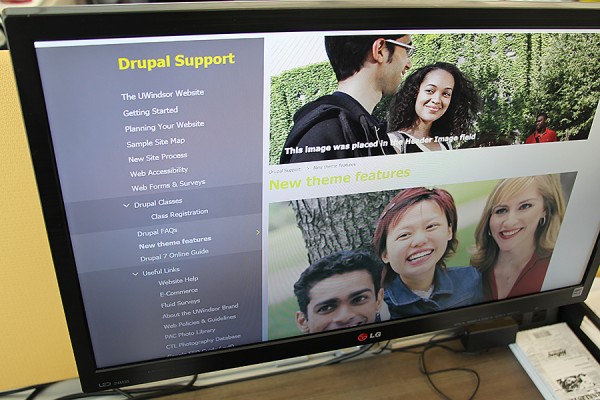 New templates for the University’s webpages incorporate features requested by users.
New templates for the University’s webpages incorporate features requested by users.
Ask and you shall receive, Rob Aitkens tells staff and faculty members responsible for maintaining pages across the UWindsor website.
Web development team leader in the Office of Public Affairs and Communications, he is proud that new templates for the University’s webpages incorporate features requested by users.
“We asked for feedback, asking people to let us know if there is a function they need,” Aitkens says. “It’s kind of cool to see how our system worked, with editors wanting it, and the programmers in IT Services making it happen.”
He has set up a page in the Drupal support guide to illustrate two of the new features — collapsible content and header images — available in the version 7 upgrade.
The collapsible content function allows page editors to place large amounts of text in sections that users can open and close as needed.
“It reduces scrolling time, especially on mobile devices, and reduces reading time,” says Aitkens. “It allows users to focus on the content they need and ignore the rest.”
Learn how to apply this function.
The header image function offers new ways to display photos and graphics relevant to the specific page content.
The optional image field will place an image across the full width of the content region and resize automatically depending on the presence of blocks in the right-hand column. The new header image appears above the page title and spans the middle and right-hand regions.
“It makes for a very horizontal ratio, so editors need to use images that can handle that formatting without pixelating or stretching,” Aitkens says.
Learn about these new image fields.
Find more information about the university’s content management system in its online training guide to Drupal 7.
